Where commercial enterprises, residential properties and agriculture occupy low-lying land in river deltas, the possibility of flooding demands consideration. Rising river and sea levels coupled with seasonal heavy rain and snow is a powerful and potentially disastrous combination. The appropriate authorities must invest in both drainage and pumping systems to protect assets.
The city of Richmond, Canada, is an example of such a location. City authorities have invested in a flood protection infrastructure that has prevented significant flooding in the community for more than 60 years. The infrastructure is a combination of dikes constructed around the 51-square-mile island on which the city is located, a network of streams and drainage channels, and 41 strategically positioned pumping stations.
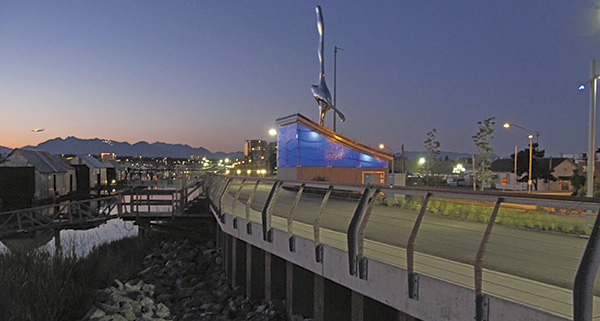 Image 1. The award-winning Cambie Road pumping station (Images courtesy of KSB)
Image 1. The award-winning Cambie Road pumping station (Images courtesy of KSB)Lulu Island, on which most of the city of Richmond is located, is three feet above mean sea level. With continuing property development to meet the needs of a growing population, a greater investment in agriculture and expanding commercial enterprises, more than $45 million, has been spent on flood protection since 2008.
During the next five years, a further investment of $50 million is being recommended to upgrade existing facilities and install new ones. Pumping stations are a central element in the flood and drainage infrastructure, and the existing 41 stations have the capacity to shift 18,700 gallons per second.
Under the upgrade and new build program, 28 pumps have been installed and commissioned, with nine more ordered. Twenty-four of the pumps are 127-horsepower (HP) units, and the remaining four are smaller 37-HP units. The build program is delivering one new station per year, and the pump manufacturer is working with project engineers in the design of the water intake and tubes.
Submersible motor pumps are often used for industrial and agricultural water supply, stormwater and flood prevention stations, and for other applications in water treatment industries (see Image 2). The model is a close-coupled, wet-installed single entry axial open impeller pump in which the impeller is located in a tubular casing immersed in the water. Explosion protected to Atmospheric Explosibles (ATEX) II G2 T3, the pump has a maximum flow capacity of up to 1,500 gallons per second and a maximum head of 39 feet. Low vibration hydraulics and a vortex-free flow due to the inlet ribs and wide bellmouth ensure the pump is hydraulically optimized. Efficiency is provided by the slim motor that minimizes discharge tube flow losses.
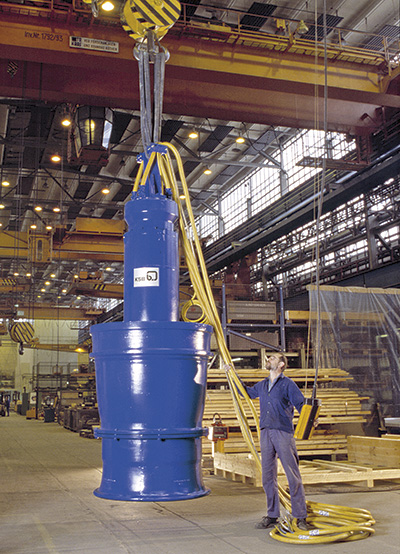 Image 2. This pump serves in many flood control applications.
Image 2. This pump serves in many flood control applications.Romeo Bicego, manager, Sewerage and Drainage Engineering and Public Works, explains why this pump is their preferred option. "We first brought in these pumps around 12 years ago, and since then, they have proved to be durable and reliable. We have experienced very little downtime, maintenance is easy and the customer service is good, plus our staff likes working with the pumps," Bicego says.
"There is a high iron content in the water, but this has not proved to be a problem for these pumps. Life expectancy for the pumps is more than 30 years. This is attributable to the high quality of the pumps and our in-house planned maintenance. We like to keep one pump in our workshops as a standby, and we do maintain comprehensive stocks of spares."
Derek Hunter, foreman pump stations, says that when a station is upgraded, the preferred option is to retrofit with the submersible motor pumps, which are replacing aging long shaft pumps. "Usually we try to change out the aging long shaft pumps first because of problems associated with parts and efficiencies," Hunter says. "We have not had any significant problems with the submersible motor pumps over the years. We pull them out of service once a year for inspection, and, quite frankly, they are bullet-proof."
When it comes to specifying pumps, Bicego emphasizes that once a product range has been found to provide good operational service and reliability, it makes sense to stick with that product. "By standardizing on a single type of submersible pump, we have been able to focus our product training and knowledge on this pump, which makes maintenance far more cost-effective. When you work with a wide number of products, it can produce difficulties in terms of inventory control, and technical knowledge is diluted. I am a strong believer in going for best value when it comes to pump selection as this provides dividends over the long term."
Maintenance is high on the Engineering and Public Works agenda because it is far more cost-effective to invest in maintenance than to replace products. "We spend considerable effort on maintaining our pumping stations, and we have a staff of 18 dedicated to checking that the stations are clean, odors are controlled and intake screens are free of debris," Bicego says. "The last thing we want is for the pumps just to be cycling water. Through previous storm events we know that we can experience up to 2 inches of rain, so we need to ensure that screens are free of blockages ahead of predicted storms."
Located at strategic intervals around the island, the pumping stations are called into service when required, and all are fitted with flood gates and flood boxes. During the winter months, the pumping stations are called into action much more frequently. The groundwater levels can be very high during the winter, and this is exacerbated when rainfall and tides are high, too. At high tides, the pumps transfer drainage water into the Fraser River Delta, but at low tide, drainage water discharges through the flood boxes via gravity outflow gates. Users also have to consider the possibility of power outages. The city's goal is to have all the stations equipped with stand-alone generators. Currently they have 11 on-site generators and 10 portable sets.
Pump Station Design
Water pumping stations are not usually aesthetically pleasing and can be noisy, which is why they are typically located away from residential areas. For the pumping stations to have the minimum visual impact on the environment, Richmond has given a great deal of thought to their design and construction. This approach was rewarded when the Cambie Pumping station (see Image 1), located in a light industrial area close to a residential development on the Fraser River, won a design award. The station has a vegetation-covered roof to blend in with the environment and is built into the dike giving walkers a rest facility along the river. The design also includes a sculpture by the pump house designed to resemble a droplet of water.
The No. 4 Road pumping station is in a former industrial area that is going through a residential transition (see Image 3). Converted from a long shaft pump station, the design incorporated aspects of the old station together with the crane lifting frame that now acts as a viewing platform. The walls of the pump house depict the history of the lumber business along the Fraser River, and the standby power generation plant is visible though clear glass walls. By deliberately making the pumping station visually attractive, practical and a community amenity, vandalism is deterred.
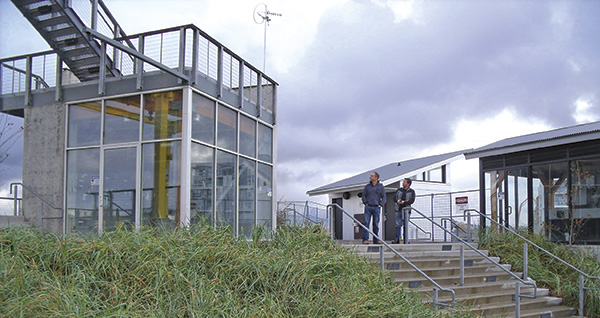 Image 3. Romeo Bicego and Derek Hunter at No. 4 Road pumping station.
Image 3. Romeo Bicego and Derek Hunter at No. 4 Road pumping station.The designers also considered the outflow from the pumping stations and the effects it would have on the surrounding area. Large volumes of water can lead to the erosion of river banks, creeks and beaches. Spillways are designed to minimize this impact (see Image 4).
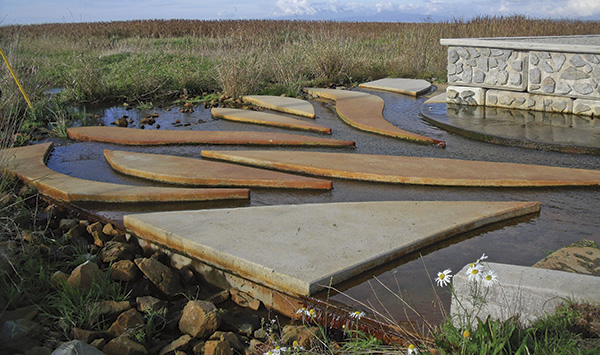 Image 4. Spillways are designed to minimize the environmental impacts of outflow from pump stations.
Image 4. Spillways are designed to minimize the environmental impacts of outflow from pump stations.Planning for the Future
The challenge that faces the city of Richmond is unusual, with occupancy and use being split between residential/commercial and agricultural activities. The city is part of Canada's largest cranberry growing area, and the fields have to be flooded at harvest time (see Image 5). However, water levels in the drainage channels must be kept low enough that other parts of the island do not flood. It is a delicate balancing act that combines irrigation, drainage and flood control.
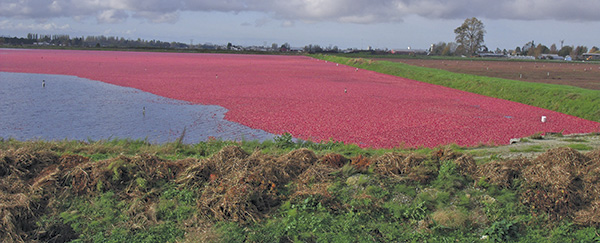 Image 5. Cranberries are the single largest crop grown in the city of Richmond and the fields are flooded during the harvesting period.
Image 5. Cranberries are the single largest crop grown in the city of Richmond and the fields are flooded during the harvesting period.Designed for a once-a-decade rainstorm, the pumping stations are all monitored remotely 24 hours per day using a supervisory control and data acquisition (SCADA) system to ensure that the pumps are operating effectively. This provides additional capacity to hold the surplus drainage water resulting from a storm. While risk profiles are changing slowly with climate change and sea level, the city's flood protection improvements are moving faster, and the overall level of safety continues to improve.
The city of Richmond's Engineering and Public Works Department has developed a close working relationship with one pump manufacturer throughout several years, and when a major investment is being made in flood defenses, that manufacturer is the preferred supplier.
"We need our pump suppliers to provide technical support not just when we are designing a new or refurbishing an old station, but also throughout the length of a project and over the long term," Bicego says. "When it comes to selecting pumps, we look for pump efficiency and reliability. We are very conscious of the environment and our carbon footprint, so if we can source pumps that satisfy our green credentials and operating requirements, then we will go with the company who can fulfill all the requirements."


